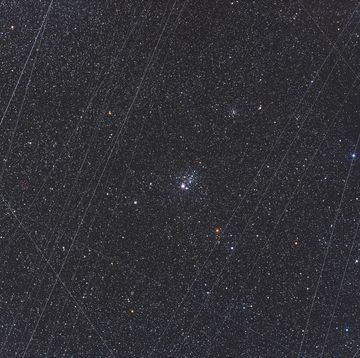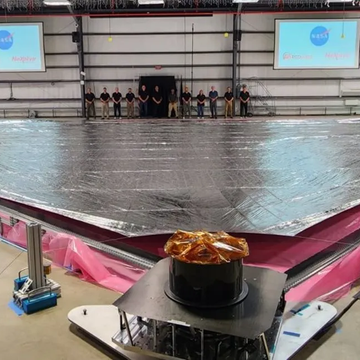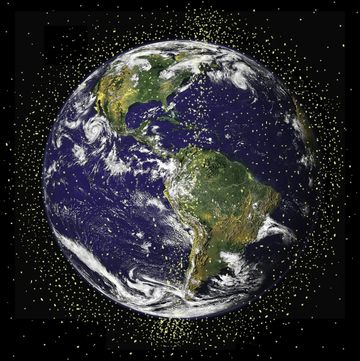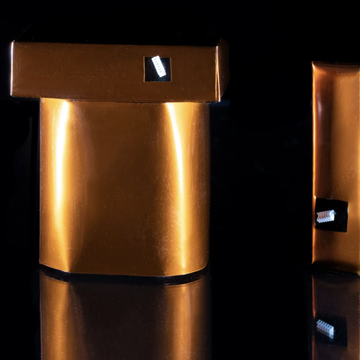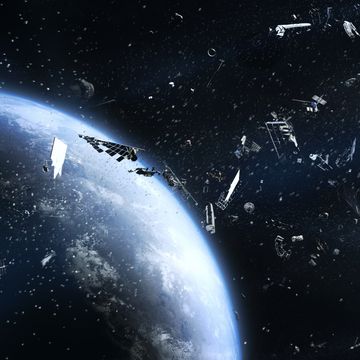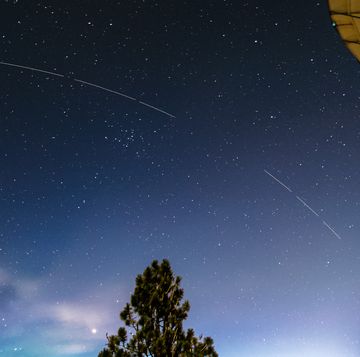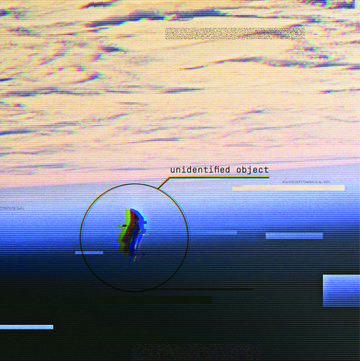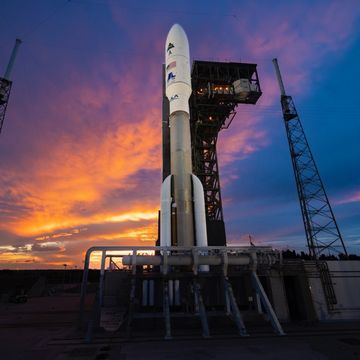The latest effort to clean up the planet's growing problem of space junk, RemoveDEBRIS, has been deployed from the International Space Station (ISS). In September it will begin simulated tests of space junk removal, after which it will move on to the real thing.
“After almost 5 years of development, it is exciting to finally be in a position where we can test these extremely exciting technologies in the field. If successful, the technologies found in RemoveDEBRIS could be included in other missions in the very near future,” says Guglielmo Aglietti, Director of the Surrey Space Center at the University of Surrey which has led the program since inception.
Space junk is one measure of humanity's increasing presence in low earth orbit (LEO). In 1967, the Russian-made Sputnik satellite was the only man-made object in space large enough to be tracked. Since then, the bits and pieces of space junk have added up to around 750,000 objects larger than 1 cm (0.3 inches) orbiting Earth, according to the European Space Agency. These man-made pieces of scrap fly around the planet at approximately 24,800 MPH (40 000 km/h), meaning that a collision would have about the same impact as a handheld grenade.
RemoveDEBRIS uses a combination of cutting-edge technology and methods of cleaning as old as society. The satellite will use a net and harpoon to try and clear up some of thousands of pieces of debris currently orbiting Earth. Guiding that net and harpoon will be a vision-based navigation (VBN) system built by Airbus which features 2D cameras and 3D LiDAR technology.
The testing will see RemoveDEBRIS attempting to chase down a tiny satellite known as a CubeSat. RemoveDEBRIS will be relying on its camera to track the CubeSat precisely. The CubeSat will be sending its exact location to a third party to the CBN accuracy.
Firing at around 44 MPH (20 meters per second), the RemoveDEBRIS net will then hone in on its prey from approximately 23 feet (7 meters) away. After capture, the net will guide itself towards the atmosphere where the pair will burn to nothing in re-entry.
The RemoveDEBRIS system has been outfitted with a drag sail that will quicken its demise after the testing. This is to prevent it from becoming space junk itself. After its tests, its drag sail will be unfurled. This mean that RemoveDEBRIS' deorbiting will take place approximately eight weeks after testing, a stunning shortening compared to the 2.5 years it would take to deorbit naturally.
If all goes well, the Surrey Space Center and its various partners hope RemoveDEBRIS systems will be capturing actual space junk in March 2019.
Source: UK Space Agency
David Grossman is a staff writer for PopularMechanics.com. He's previously written for The Verge, Rolling Stone, The New Republic and several other publications. He's based out of Brooklyn.



